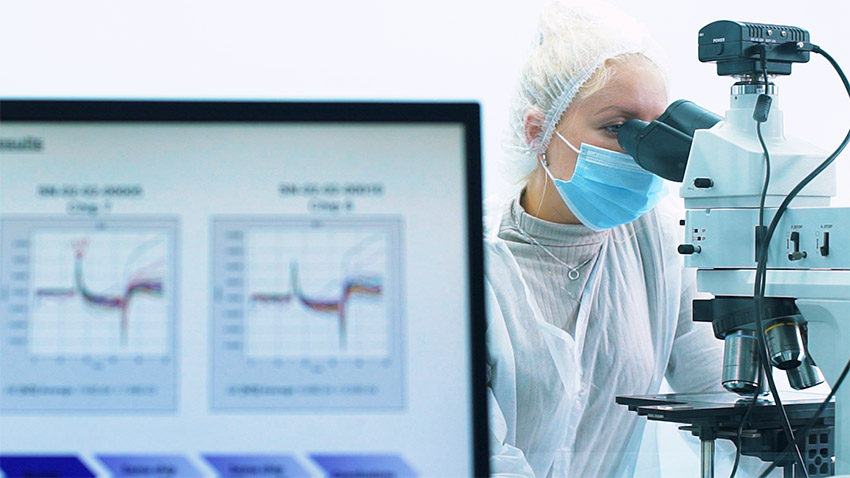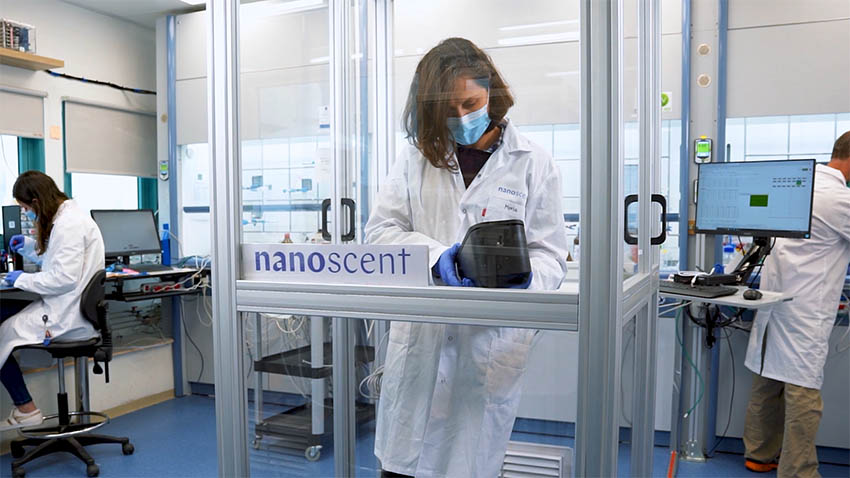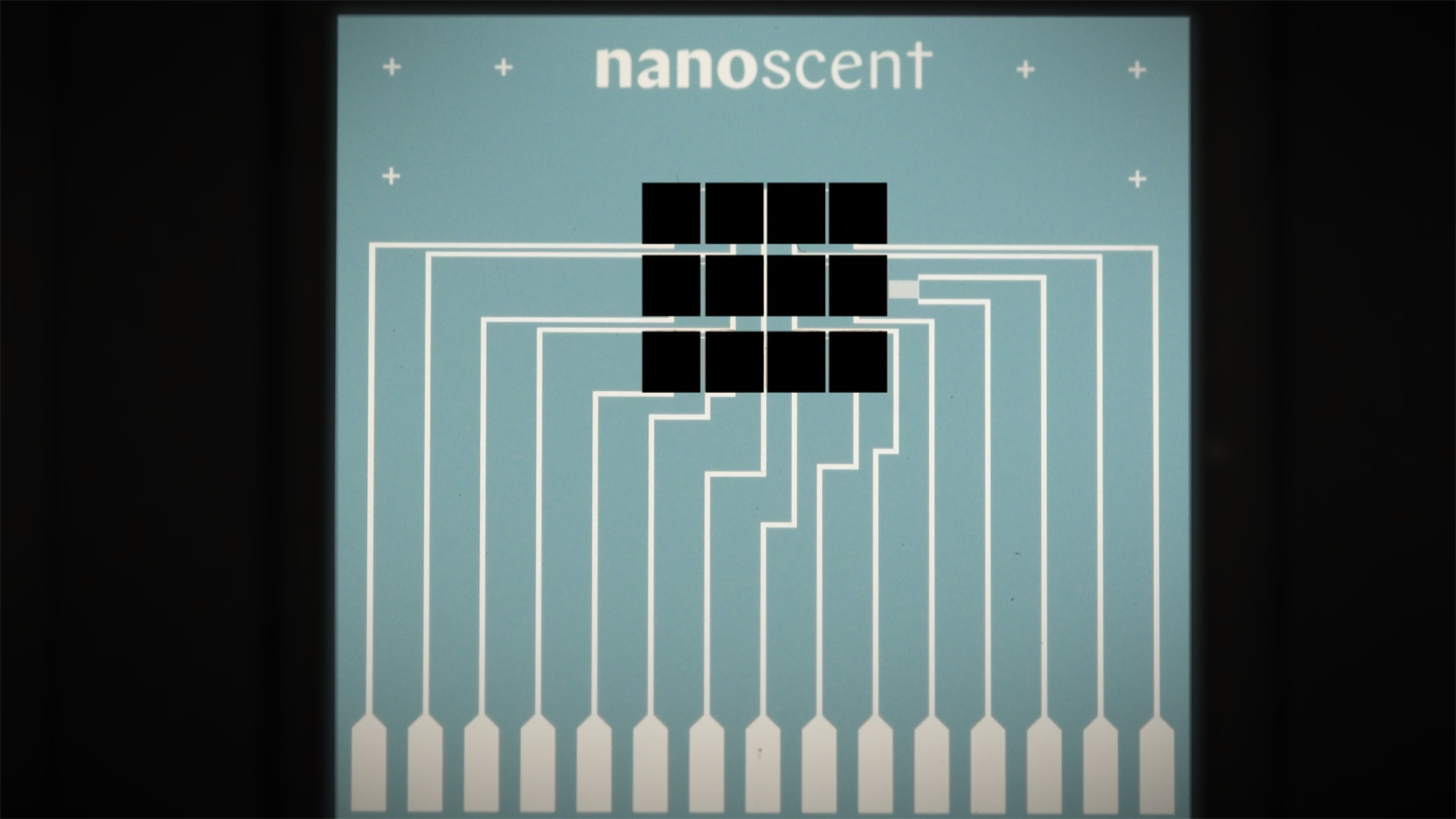NanoScent is making scent readable so that people can make wiser health decisions. The company is located in Israel and since their founding in 2017, the startup has grown to over 35 employees with expertise in chemistry, engineering, software, and biochemistry. NanoScent has developed a sensor and a product system that can translate scent to digital data in the health care and point of care environments.
Together with sensor development, their software team develops machine learning algorithms so that the data captured from the sensors can be used for decision making. Then, their clinical team validates the sensor and system in a clinical setting.
Easy Engineering: What are the main areas of activity of the company?
NanoScent: NanoScent’s main areas of activity as a company is focused on the innovative production and development of the sensors that can translate smell to digital data and make it readable so that people can make wiser decisions. In addition to sensor design, software and algorithm development are equally important areas of activity in our company. Our various departments work closely together so that this vision of making scent readable can be brought to life.

E.E: What’s the news for 2021 about new products?
NanoScent: NanoScent is going to clinical validation during Q4-2021 and aims to introduce the VOCIDTM product for COVID-19 in H1-2022.
E.E: What are the ranges of products?
NanoScent: NanoScent has created VOCIDTM, a novel POC (Points of Care) diagnostic tool based on proprietary nano-sensors and machine learning techniques, which is currently being clinically tested for COVID-19 detection at multiple sites globally. VOCIDTM translates molecular information into digital data which has the potential to detect COVID-19 through scent recognition during the first 14 days of incubation. The technology is patent-protected, and the sensors are manufactured in-house.
In addition to COVID-19, our platform has the potential for being used for other health-related conditions, such as: gastrointestinal cancer, metabolic disorders, and personalized nutrition recommendations. However, our focus now is on COVID-19 as we are working on receiving regulatory approval in order to reach commercialization.
VOCIDTM is based on three components: chemiresistor sensors, our portable Scent Recorder, and Scent Recognition Software. The technology combines chemical nano-sensors and machine learning algorithms, capable of detecting a variety of Volatile Organic Compounds (VOCs). The VOCIDTM standard is realized by the seamless integration of NanoScent’s innovative sensors, machine learning and data analysis workflow.

E.E: At what stage is the market where you are currently active?
NanoScent: Diagnostics has been around for a very long time, but rapid diagnostics using advanced technology is still evolving and is in early stages. Historically, rapid diagnostics grew out of a need to conduct tests in an easy manner in poor settings with minimal equipment and sample preparation. The most commonly known tests of such nature are home pregnancy tests and malaria tests. Using sensors is still a relatively new concept for rapid diagnostics and thus it is a field that is growing and changing everyday as researchers try to address this opportunity.
The need for rapid diagnostics is huge and we want to meet this need by producing sensitive and accurate technology that is affordable.
From healthcare settings to everyday activities like sports venues, rapid diagnostics provide valuable insights to individuals, businesses and clinicians alike.
E.E: What can you tell us about market trends?
NanoScent: Several companies and startups are trying to develop rapid diagnostics for COVID-19, but each company does this with a different approach and core technology, with varying resources, and partnerships. The most challenging part about developing a sensor-based rapid diagnostics is maintaining high sensitivity and accuracy results across ever-changing environments because factors such as humidity affect sensor performance.

E.E: What are the most innovative products marketed?
NanoScent: Currently, NanoScent is focused on developing its technology so it can be suited for the healthcare industry. Since our founding in 2017, we have applied our sensors and approach to various industries, including environmental monitoring of hazardous odors in industrial settings and assessing quality of food based on smell. Developing our COVID-19 test is currently our top priority but we have also started to explore personalized nutrition recommendations based on smells emitted from the microbiome with one of our strategic partners. We also see applications in Industry 4.0 and in the automotive sector, but are currently focusing on developing our technology for healthcare.
E.E: What estimations do you have for 2021?
NanoScent: Our biggest goal for 2021 is to finalize our clinical trials so that we can launch and commercialize our solution for rapid diagnostic testing of COVID-19.

